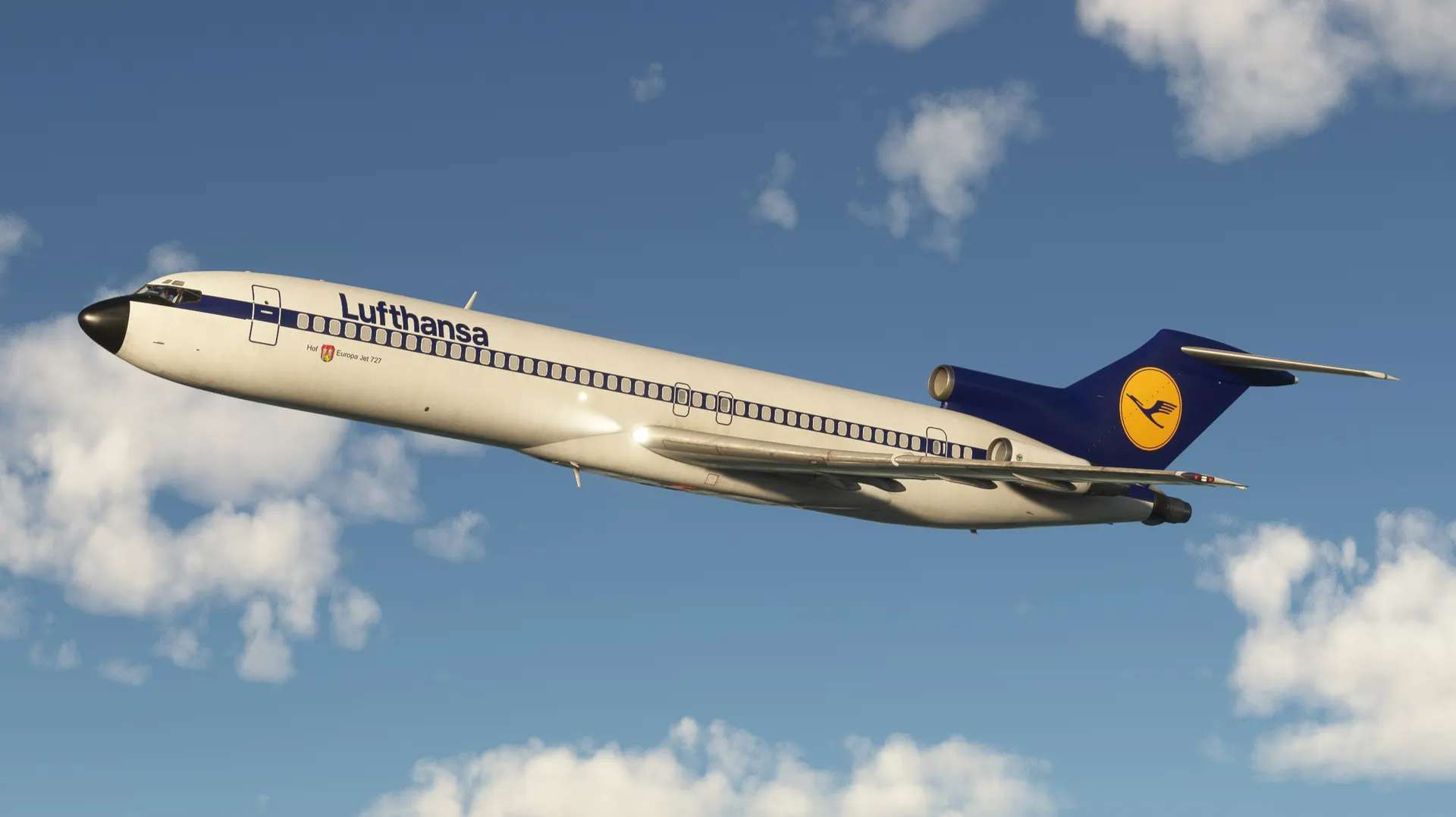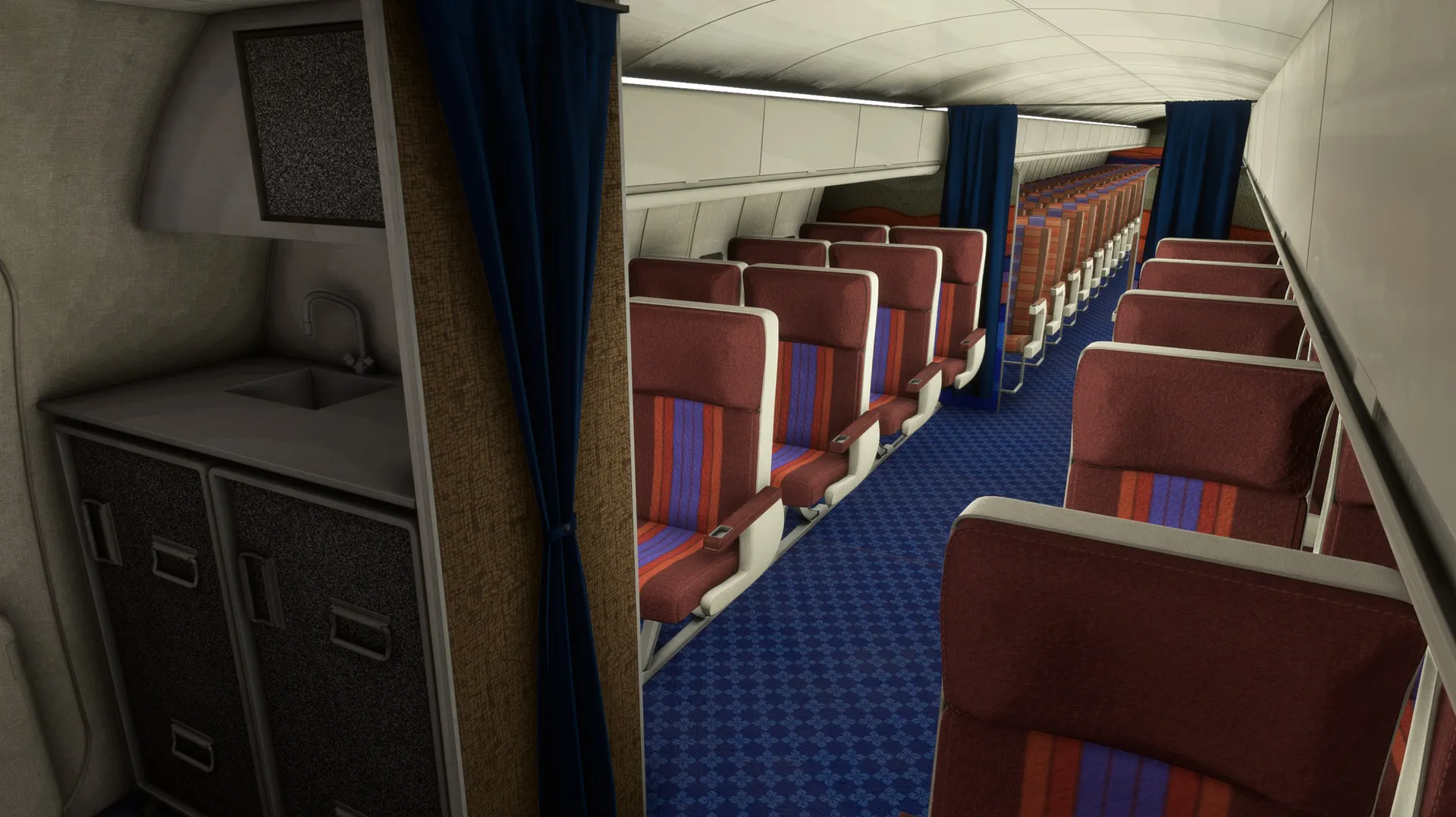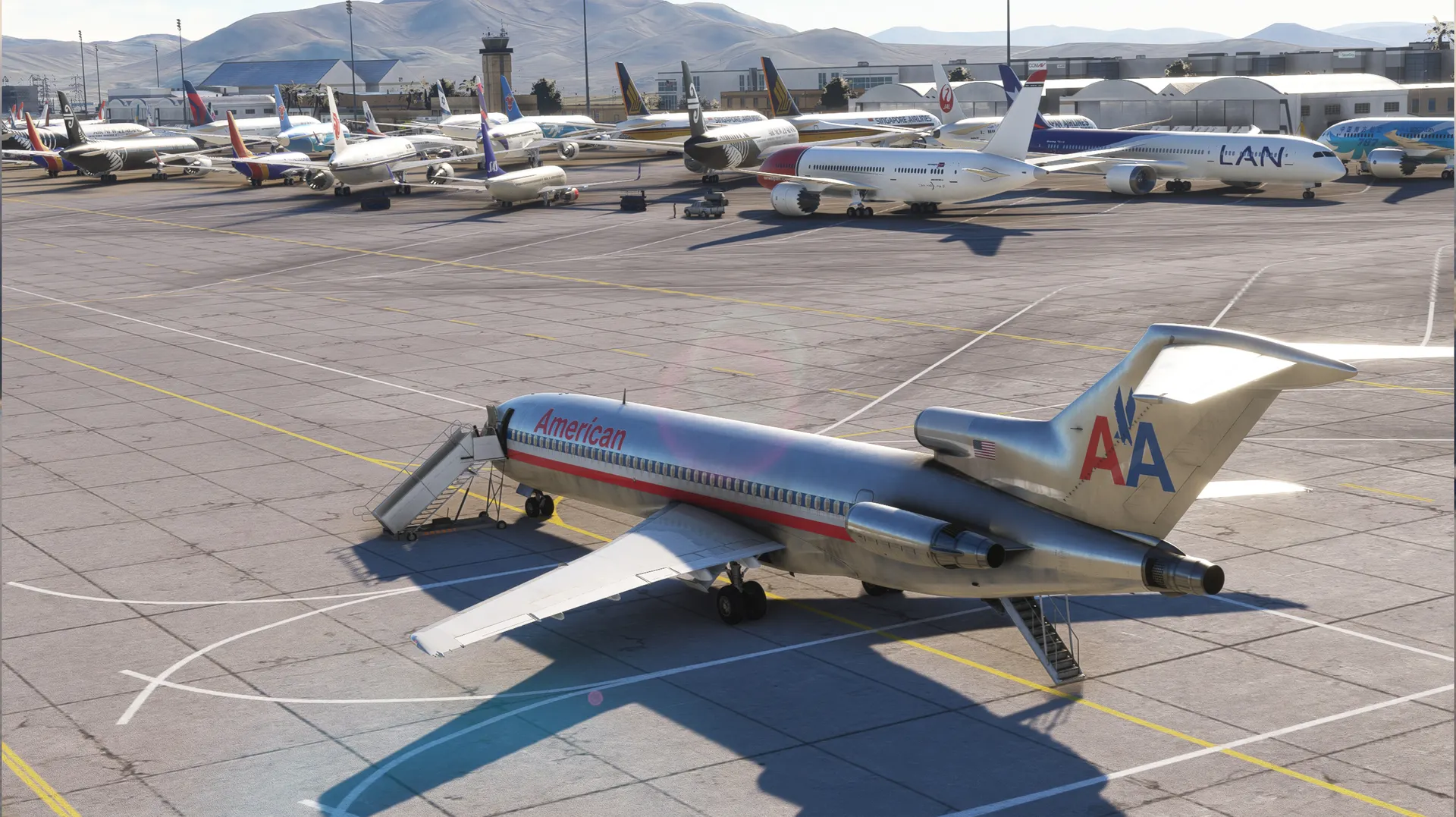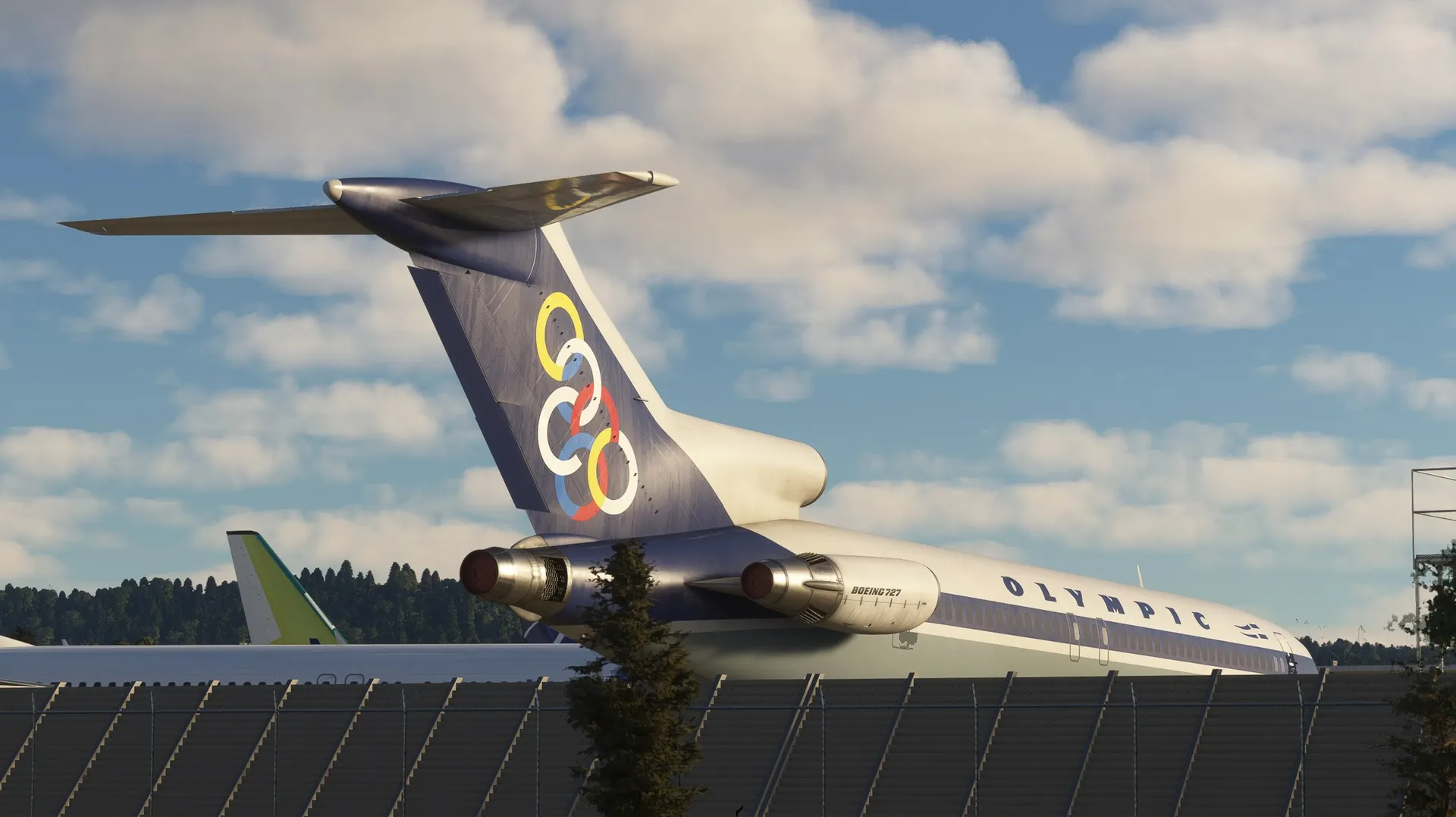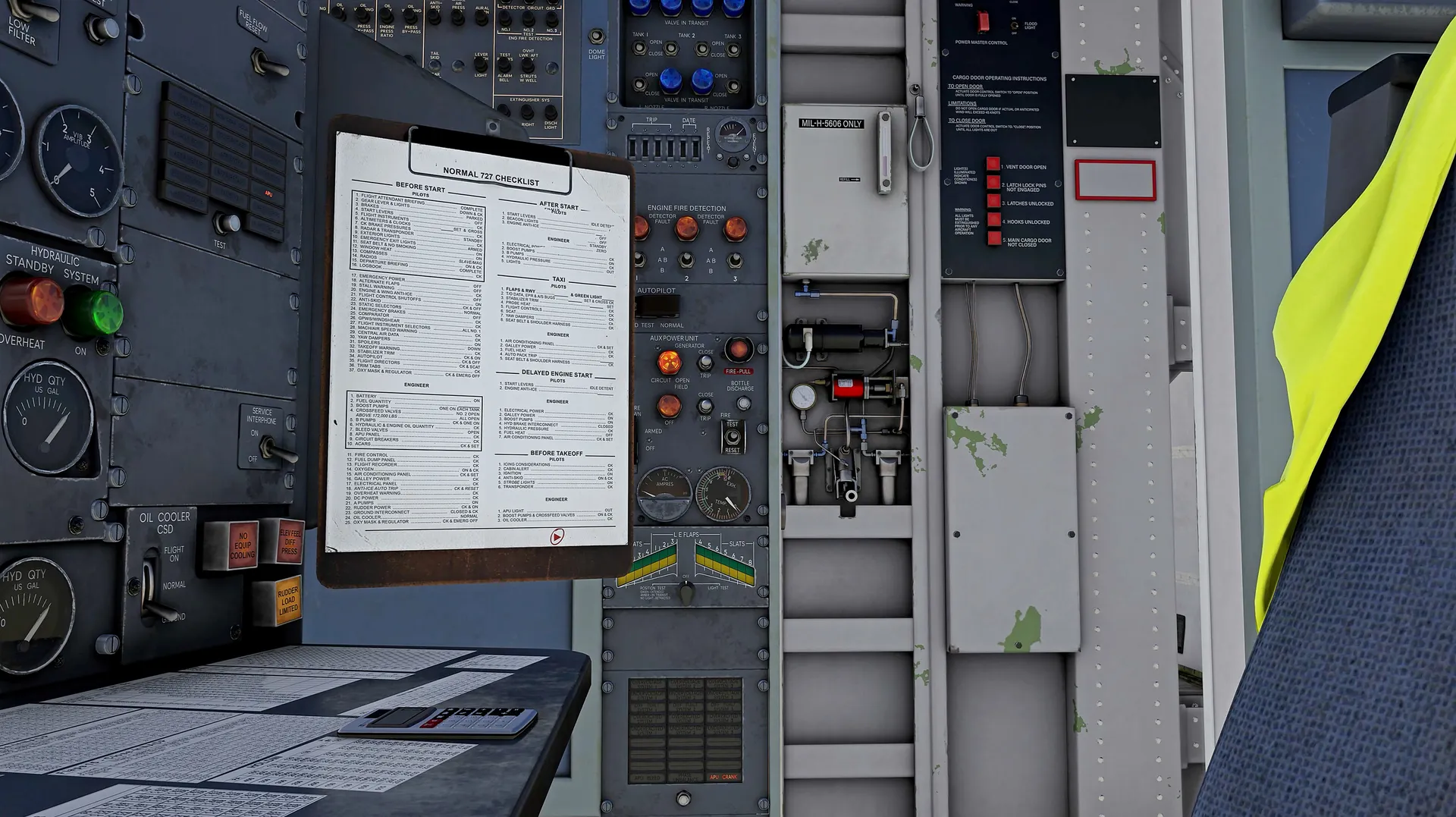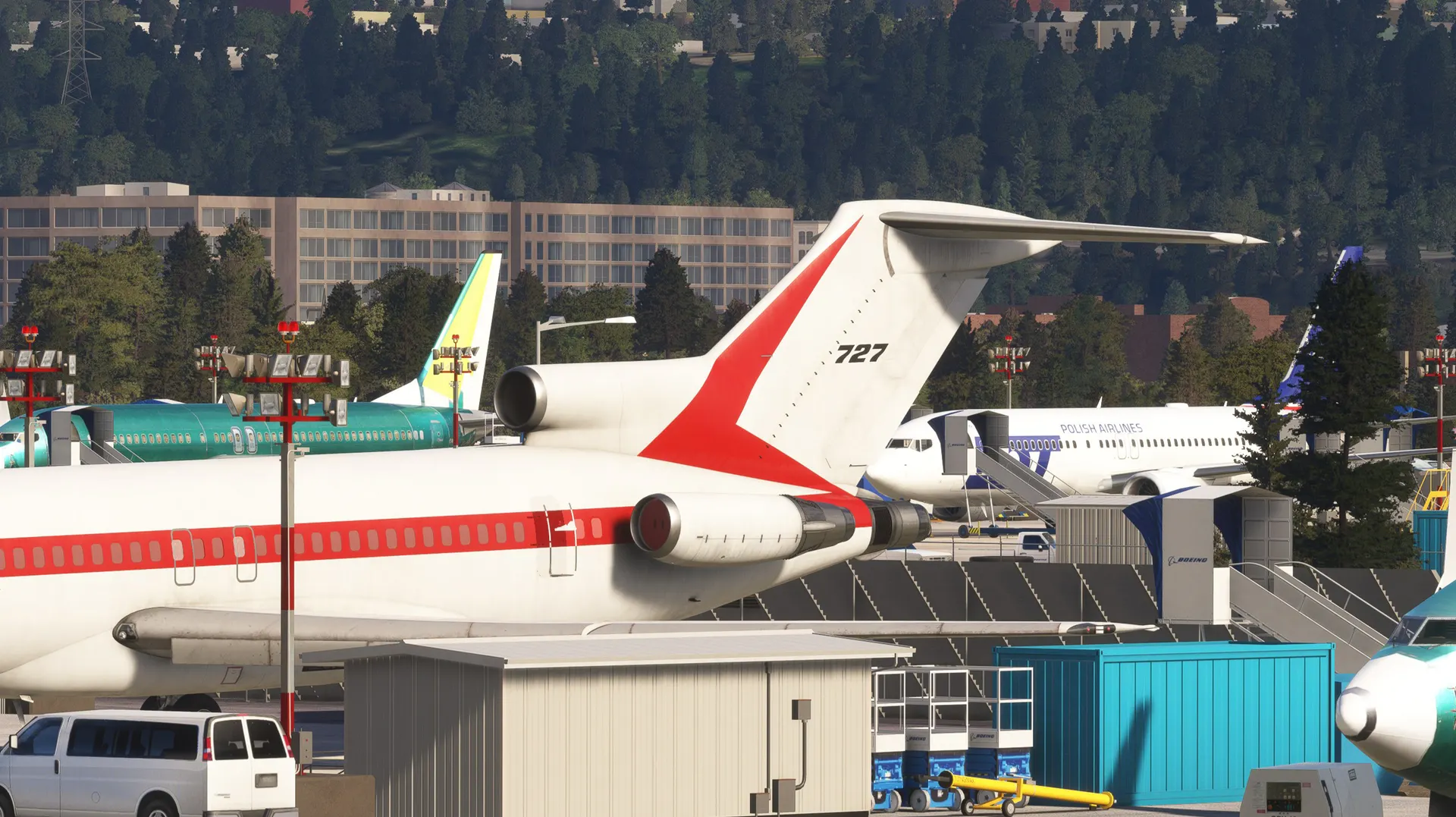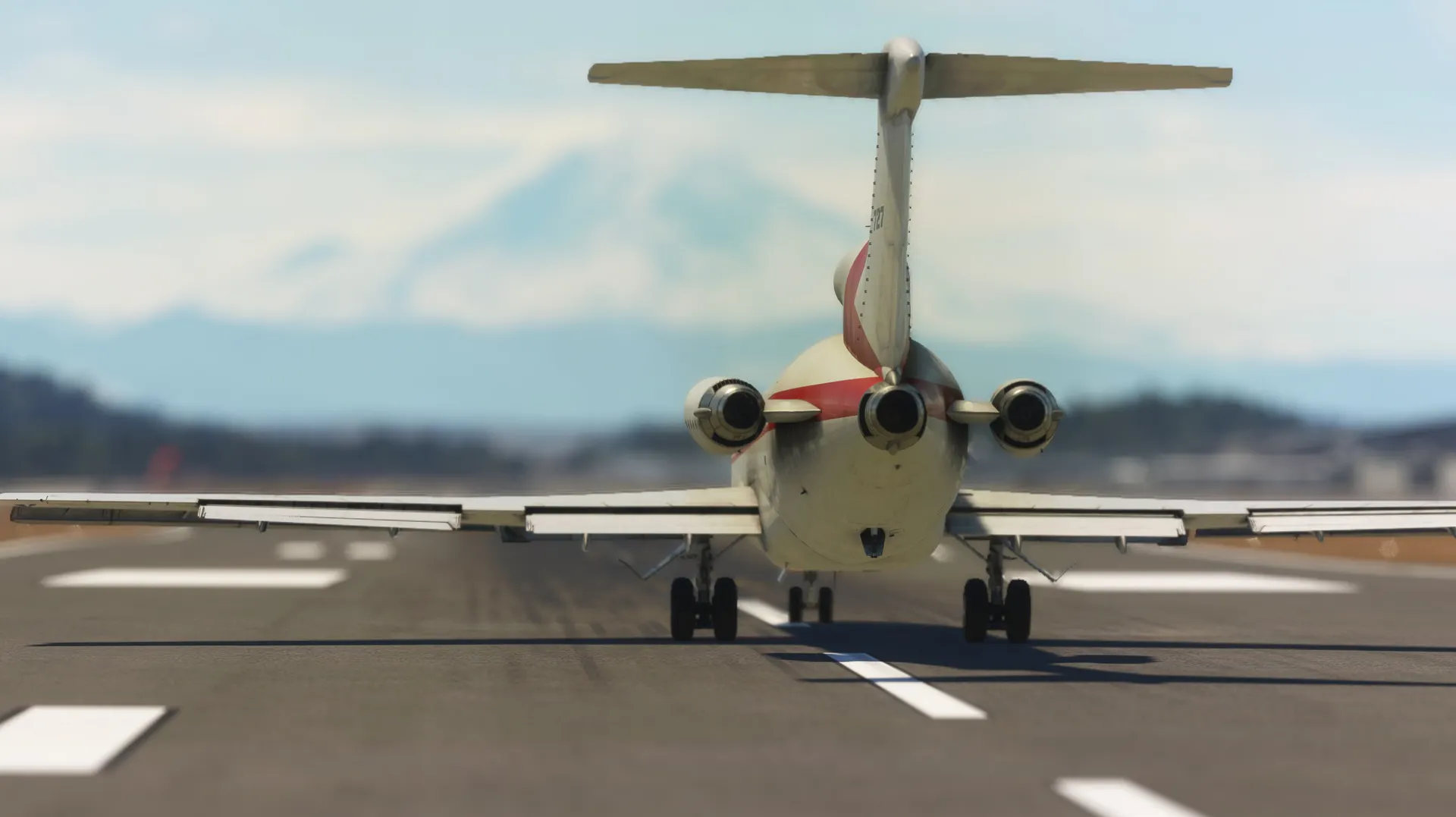- USD 49.99
- -30%
- USD 49.99
- USD 34.99
- Sale Ends: January 7 2026 6:00 PM +00:00
- View more offers at FS Addon Compare
- Added: October 30, 2025
- Updated: December 11, 2025
The classic B727-200, known for its iconic three-engine configuration, is the passenger variant of the renowned 727 family. It was integral to airline operations worldwide throughout the 1970s and 1980s, with some aircraft still preserved or flying today.
The aircraft offers excellent performance and range for short- to medium-haul flights, making it an ideal choice for pilots looking to enjoy vintage passenger operations. Even though the aircraft systems are quite complex, FSS has added an optional easy-entry user menu to automate cockpit flows and monitor systems automatically. Therefore, this add-on is great for all users, from beginners to experts.
Are you ready to step back into the golden age of jet travel and navigate with old-school radio and INS systems? Or would you prefer a GPS retrofit option? The choice is yours. Have fun!
FEATURES
- Detailed exterior with PBR textures, 3D lighting, winglets, and several animations.
- 20+ highly detailed liveries included, such as Lufthansa, PanAm, Alitalia, American Airlines, Iberia, Olympic, United Airlines, PSA, Condor, Avianca, and more.
- Detailed interior with complete cockpit, fully modeled passenger cabin, and plenty of interactions like checklists, windows, doors, etc.
- Cabin crew simulation with custom announcements and adaptive cabin lighting based on flight phase.
- Electronic Flight Bag, aka Clipboard, with interactive W&B menu, SimBrief import, performance calculation, various aircraft options, and descent calculator.
- Realistic flight dynamics advised by real 727 pilots and flight engineers.
- Comprehensive aircraft systems, such as full-featured flight engineer panel, SP-150 autopilot, many custom logics (e.g., electrical logic for APU, GPU, GEN, including generator paralleling and sync lights system) and more.
- Multiple navigation options: custom-simulated CIVA INS (AP coupled), GNS530 (AP coupled) by Working Title, GNS-XLS FMC by FSS (AP coupled), PMS GTN750 & TDS GTNXi (separate products), radio navigation with independent 1/2 sources (AP coupled).
- Immersive sound set for interior & exterior, including a replica of the JT8D-9 characteristics and cabin ambience.
- Easy Entry Menu (Crew Manager) with automatic checklist flows and monitoring of systems (e.g., fuel feed, packs temperature, cabin services, etc.).
- Comprehensive online documentation with quick start guide, normal operations, system description, performance charts, and supplements (e.g., SimBrief profile, GSX config, demo livery, etc.).
